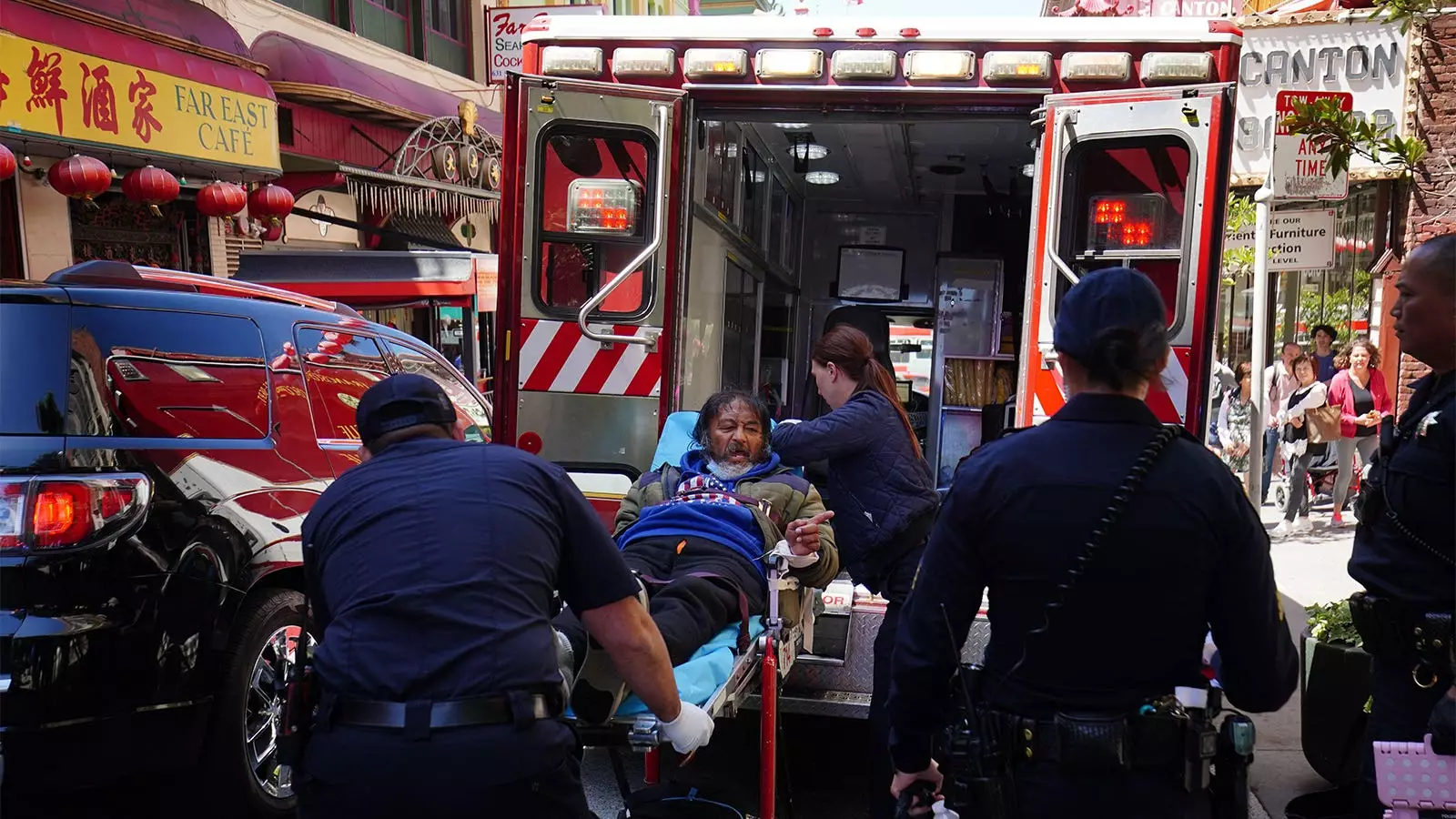The American College of Emergency Physicians (ACEP) recently made a significant decision to discontinue the use of the term “excited delirium” when describing patients with hyperactive delirium. This move aligns ACEP with numerous other medical societies that have already abandoned the term. The decision marks a reversal from ACEP’s previous stance on the matter, as outlined in a 2009 white paper. ACEP’s current position, supported by a 2021 white paper and an April 2023 statement, was further solidified through a vote by the ACEP Council in October 8, 2023, and confirmed by the board of directors on October 12.
This recent change originates from a growing recognition within law enforcement, emergency medical services (EMS), and psychiatry that the term “excited delirium” has been used retrospectively to justify excessive force. The notion that a patient is suffering from this condition has been employed to rationalize violent outcomes when, in reality, most of these patients can be effectively managed without harm.
A notable case that highlights the problematic use of “excited delirium” is that of George Floyd. During his fatal encounter with police officers in Minneapolis, one of the officers expressed concern about Floyd potentially experiencing excited delirium. This incident demonstrates how the term has been employed as a means to legitimize the use of force. Similarly, Elijah McClain was diagnosed with excited delirium, leading to his tragic death after being subjected to a carotid hold and administered ketamine by police and paramedics respectively. The grand jury investigating McClain’s case revealed that his vital signs were never checked, and no meaningful interaction occurred prior to the diagnosis.
Dr. Reuben Strayer, associate medical director and director of addiction medicine at Maimonides Medical Center, emphasizes that “excited delirium” should not be regarded as a valid diagnostic entity. He argues that clinicians should focus on understanding and implementing best practices in the appropriate diagnosis and treatment of agitation. Terms like “excited delirium” only serve to distract and hinder effective patient management.
While ACEP discourages the use of “excited delirium,” the organization acknowledges the existence of hyperactive delirium syndrome with severe agitation. This potentially life-threatening condition is characterized by abnormalities in vital signs, pronounced agitation, altered mental state, and metabolic derangements. Emergency physicians and properly trained paramedics are most frequently confronted with patients exhibiting life-threatening levels of severe agitation and possess the skills to recognize and address hyperactive delirium syndrome appropriately.
ACEP believes in the value of promoting stronger training and collaboration among emergency medical services, clinicians, and law enforcement professionals. The primary objective when treating individuals with signs of hyperactive delirium syndrome is to reduce stress, prevent physical harm, and efficiently transport them to an emergency department where they can receive appropriate care from an emergency physician.
A Positive Step Toward Police Accountability
Physicians for Human Rights (PHR) welcomes ACEP’s decision to abandon the use of “excited delirium.” This change is seen as a significant achievement in the pursuit of police accountability, justice, and public safety. The absence of support for the term among medical associations warrants its exclusion from discussions surrounding deaths in custody and first responder training. The acknowledgment by ACEP, along with other U.S. medical and psychiatric associations, represents a significant milestone in reform efforts within ACEP and evidences the persistence of its members in advocating for change.
PHR’s medical director, Dr. Michele Heisler, commends ACEP and emphasizes the importance of no longer using the outdated and baseless term “excited delirium.” The recent ban on listing excited delirium as a cause of death by the state of California further underscores the significance of this issue. As medical and psychiatric associations continue to disavow the term, a promising shift in the medical community’s understanding of hyperactive delirium can be observed.
The medical community’s reevaluation of the terminology surrounding hyperactive delirium marks an important turning point in the understanding and treatment of patients experiencing severe agitation. The decision by ACEP to discontinue the use of “excited delirium” reflects a broader recognition of the term’s misuse as a justification for excessive force. By embracing updated best practices and focusing on appropriate diagnosis and treatment, healthcare professionals can better manage patients and ensure their well-being. This shift in perspective paves the way for increased police accountability, better patient care, and a safer society.


Leave a Reply